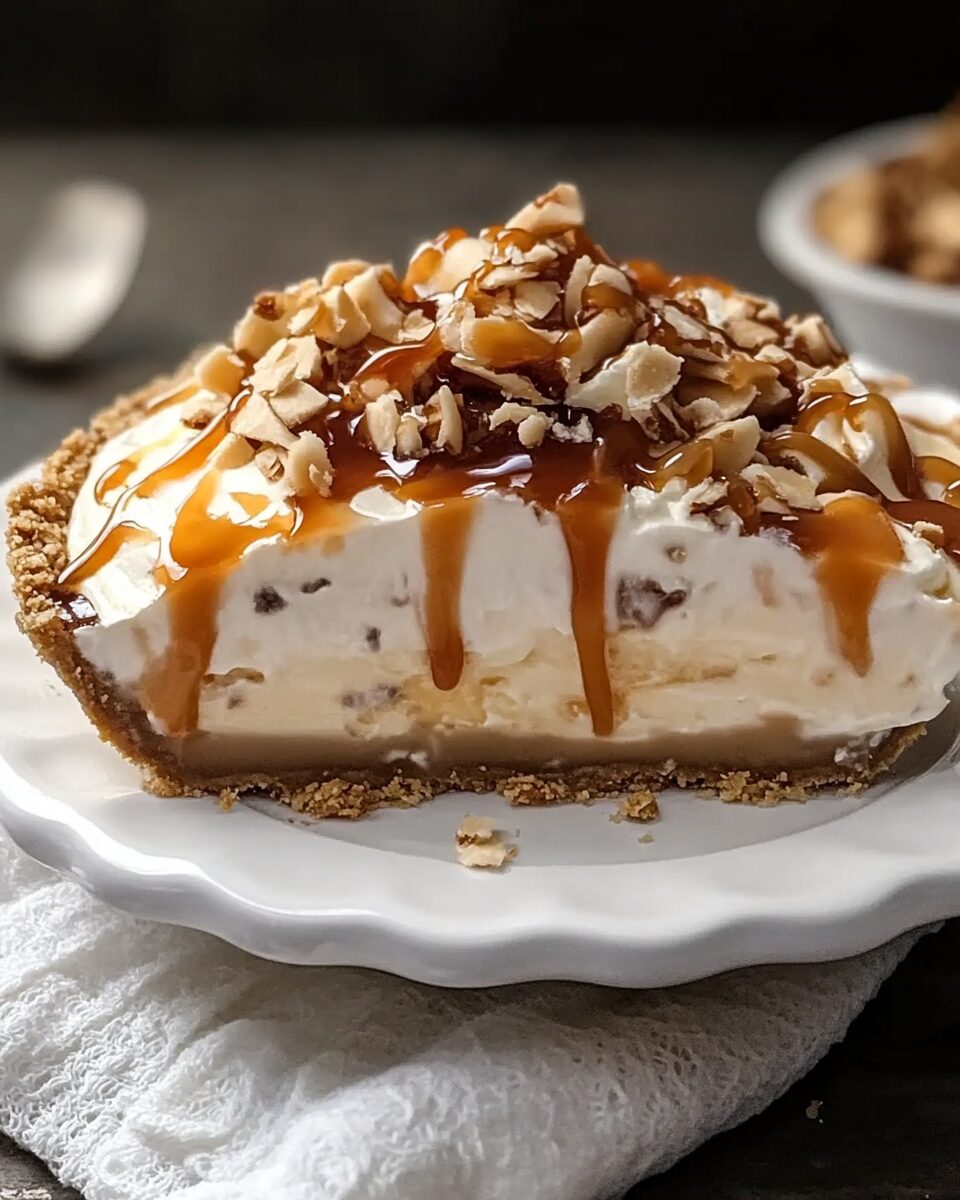Buñuelos are a delicious and crispy fried pastry enjoyed in many Latin American and Spanish cultures, often served as a dessert or holiday treat. These golden, deep-fried discs are coated in cinnamon sugar or drizzled with syrup, making them a sweet and irresistible delight. Buñuelos are traditionally made during festive occasions such as Christmas and New Year’s celebrations, symbolizing good luck and prosperity.
Full Recipe:
Ingredients
- All-purpose flour
- Baking powder
- Salt
- Sugar
- Eggs
- Milk
- Butter
- Vegetable oil (for frying)
- Cinnamon
- Powdered sugar or syrup (for topping)
Directions
- In a mixing bowl, combine flour, baking powder, salt, and sugar.
- Add eggs, milk, and melted butter, mixing until a dough forms.
- Knead the dough until smooth, then let it rest for 30 minutes.
- Divide the dough into small balls and roll them out into thin circles.
- Heat oil in a deep pan and fry each piece until golden brown and crispy.
- Remove from oil, drain on paper towels, and sprinkle with cinnamon sugar or drizzle with syrup.
- Serve warm and enjoy.
Nutritional Facts
- Calories: 220 per serving
- Protein: 4g
- Carbohydrates: 30g
- Fat: 10g
- Saturated Fat: 2g
- Cholesterol: 35mg
- Sodium: 120mg
- Fiber: 1g
- Sugar: 8g
Why Buñuelos Are So Special
Buñuelos stand out because of their perfect balance of crispiness and sweetness. The dough is rolled thin and fried to golden perfection, creating a light and airy texture. When coated in cinnamon sugar or drizzled with syrup, they become irresistibly delicious.
The versatility of buñuelos also makes them a favorite treat. Some versions incorporate anise seeds for extra flavor, while others add orange zest or vanilla for a fragrant twist. Whether eaten plain, dusted with powdered sugar, or dipped in a warm syrup, buñuelos offer a delightful crunch with every bite.
The Role of Buñuelos in Festive Celebrations
Buñuelos are synonymous with celebrations. In Mexico and other Latin American countries, street vendors sell them in plazas during Christmas markets and fairs. Families prepare large batches to share with loved ones, often accompanied by hot chocolate, champurrado, or atole.
During New Year’s Eve, some traditions involve making a wish while eating a buñuelo, believing it will bring good fortune in the coming year. In Spain, they are a common sight during religious festivals, often prepared alongside other traditional pastries like churros and torrijas.
Health Benefits of Buñuelos
While buñuelos are an indulgent treat, they do offer some nutritional benefits when consumed in moderation:
- Carbohydrates for Energy: The flour-based dough provides quick energy, making buñuelos a satisfying snack.
- Rich in Antioxidants: Some versions use cinnamon, which has anti-inflammatory and antioxidant properties.
- Customizable Ingredients: Using whole wheat flour or reducing sugar content can make buñuelos a slightly healthier option.
- Minimal Ingredients: Compared to processed desserts, homemade buñuelos use simple, recognizable ingredients.
For a lighter alternative, some people bake buñuelos instead of frying them, reducing the overall fat content while maintaining their delicious flavor.
Best Ways to Enjoy Buñuelos
Buñuelos can be enjoyed in various ways, depending on preference and tradition:
- With a Dusting of Cinnamon Sugar: The classic and most popular way to enjoy buñuelos is by coating them in cinnamon sugar while they are still warm.
- Drizzled with Piloncillo Syrup: In Mexico, a syrup made from unrefined cane sugar, cinnamon, and cloves adds extra sweetness and depth of flavor.
- Paired with Hot Beverages: Buñuelos go perfectly with hot chocolate, coffee, or traditional Mexican champurrado (a thick chocolate-based drink made with masa harina).
- Served with Ice Cream: A modern twist includes pairing buñuelos with vanilla or caramel ice cream for a crispy and creamy combination.
- As a Base for Other Desserts: Crushed buñuelos can be used as a topping for cakes, yogurt, or parfaits.
Regional Variations of Buñuelos
While the basic concept of buñuelos remains the same, different countries have their own unique versions:
- Mexico: Thin and crispy, often served with piloncillo syrup or cinnamon sugar.
- Colombia: Small, round, and made with cheese for a savory contrast.
- Cuba and the Dominican Republic: Twisted or spiral-shaped and sometimes soaked in syrup.
- Spain: Often filled with cream, chocolate, or fruit preserves, resembling doughnuts.
- Argentina: Similar to Mexican buñuelos but sometimes flavored with lemon zest.
Each variation reflects the local culinary traditions and flavors, making buñuelos a truly diverse treat.
Pairing Buñuelos with Drinks
Buñuelos are best enjoyed with beverages that complement their sweetness and texture. Some popular pairings include:
- Hot Chocolate: A rich and creamy contrast to the crispy texture of buñuelos.
- Champurrado: A thick, Mexican chocolate drink with hints of cinnamon and masa harina.
- Atole: A warm, slightly thickened drink made from corn flour and flavored with vanilla or cinnamon.
- Coffee or Espresso: The bitterness of coffee balances the sweetness of buñuelos.
- Tea: Herbal or spiced teas, such as chai or cinnamon-infused blends, enhance the flavor of buñuelos.
Why You Should Try Making Buñuelos at Home
Homemade buñuelos allow you to customize flavors and enjoy them fresh and crispy. The process of rolling, frying, and coating them with sugar is a rewarding experience, especially when shared with family and friends.
Unlike store-bought pastries, homemade buñuelos use simple ingredients without preservatives, making them a better choice for those who enjoy traditional and authentic flavors.
Tips for Perfect Buñuelos
To achieve the best results, follow these expert tips:
- Roll the Dough Thin: The thinner the dough, the crispier the buñuelos will be.
- Use Hot Oil: Ensure the oil is at the right temperature (around 350°F) to prevent greasy buñuelos.
- Drain Excess Oil: Place fried buñuelos on paper towels to remove excess oil and keep them light.
- Coat Immediately: Sprinkle cinnamon sugar while they’re still warm for the best adhesion.
- Experiment with Flavors: Try adding anise, vanilla, or citrus zest for a unique twist.
Why Buñuelos Are a Timeless Dessert
Buñuelos have remained a favorite treat for centuries due to their simplicity, versatility, and rich history. They bring people together, whether prepared at home or purchased from street vendors during holiday celebrations.
From their crispy texture to their warm and sweet flavors, buñuelos continue to be a cherished part of festive traditions worldwide. Whether you prefer the Mexican, Colombian, Spanish, or Cuban version, this dessert is a must-try for anyone who loves fried pastries and cultural culinary experiences.
Conclusion
Buñuelos are more than just a dessert—they are a symbol of tradition, family, and celebration. Their crispiness, sweetness, and versatility make them a beloved treat across many cultures. Whether you enjoy them during the holidays, at a family gathering, or as a simple indulgence, buñuelos offer a delightful and satisfying experience.








